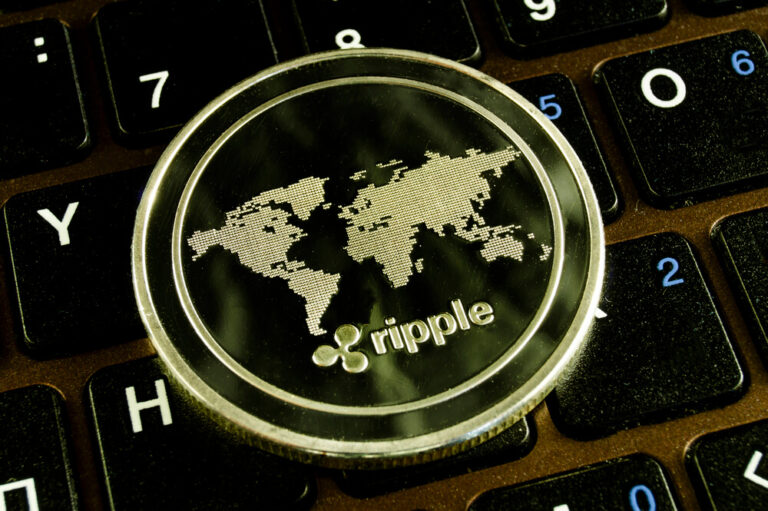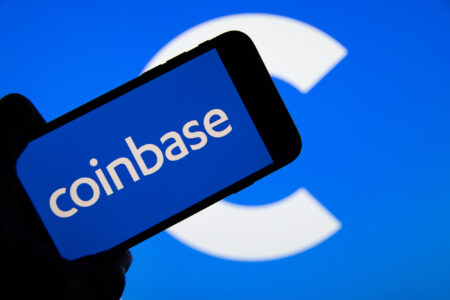Stablecoins represent traditional assets like fiat currencies on the blockchain. With a market capitalisation in the hundreds of billions, it's a highly lucrative business. Ripple now wants a piece of the pie with its own stablecoin, RLUSD.
Ripple was founded in 2012 as a crypto startup. Its goal was to create a decentralised, digital payment system. The company wanted to enable low-cost, cross-border transactions and differentiate itself from bitcoin with a more scalable solution. The foundation of the network: the XRP cryptocurrency, formerly known as "Ripple". In recent years, however, Ripple has struggled to establish XRP as a means of payment. Instead, the company is now shifting its focus to stablecoins. This week, Ripple launched the RLUSD stablecoin in collaboration with partners including Uphold, Bitstamp, Bitso, MoonPay, Independent Reserve, CoinMENA and Bullish, according to Reuters.
Leading stablecoin issuers generate billions
Stablecoins are a type of cryptocurrency designed to offer the best of both worlds: the instant processing and security of crypto payments, along with the stable valuations of fiat currencies. The value of a stablecoin is typically pegged to a fiat currency such as the US dollar, making them popular as a base pair for crypto trading on both centralised and decentralised exchanges. There is currently an impressive $154 billion of stablecoins in circulation.
The leading stablecoins are managed by centralised providers and backed by liquid dollar equivalents. Tether's USDT stablecoin, the first and largest player, sits at over $100 billion market cap. According to its website, around 65% of this is invested in US Treasury bonds, with the remaining 35% covered by reverse repurchase agreements, money market funds and smaller individual positions. All returns generated go to Tether itself, with no payouts to stablecoin users. According to Tether, this strategy generated $6.2 billion last year - staggering figures for a company with just 100 employees. It's easy to see why Ripple would want to get into the stablecoin business.
Will RLUSD replace the XRP token?
Ripple's RLUSD stablecoin is also expected to be backed 1:1 by dollar equivalents. The company will determine the mix of dollar deposits, US Treasuries and cash equivalents. All reserves will be disclosed in publicly available monthly attestation reports. Competitors Tether and Circle publish similar reports, although the lack of a comprehensive audit for the USDT stablecoin has been a topic of debate for years. Ripple has also not named an auditing firm.
According to Ripple CEO Brad Garlinghouse, the company is entering the stablecoin business in response to recent depegging events. Last March, USDC briefly dipped below 80 cents when one of its custodians - Silicon Valley Bank (SVB) - declared bankruptcy. USDT also deviated slightly from the $1 mark when the algorithmic stablecoin TerraUSD (TUSD) collapsed in 2022. Garlinghouse also hinted at some uncertainty around Tether's support.
For years, Ripple has been trying to convince financial institutions to accept XRP as a payment method. The company's website lists some of the world's largest banks as partners, but actual adoption of the cryptocurrency has lagged behind its market valuation. The underlying XRP Ledger blockchain processes an average of $20 billion in volume per month. By comparison, bitcoin processes the same amount every twelve hours. And the vast majority of volume on the chain is driven by token speculation. Ripple may see the launch of a stablecoin as a backup strategy.








